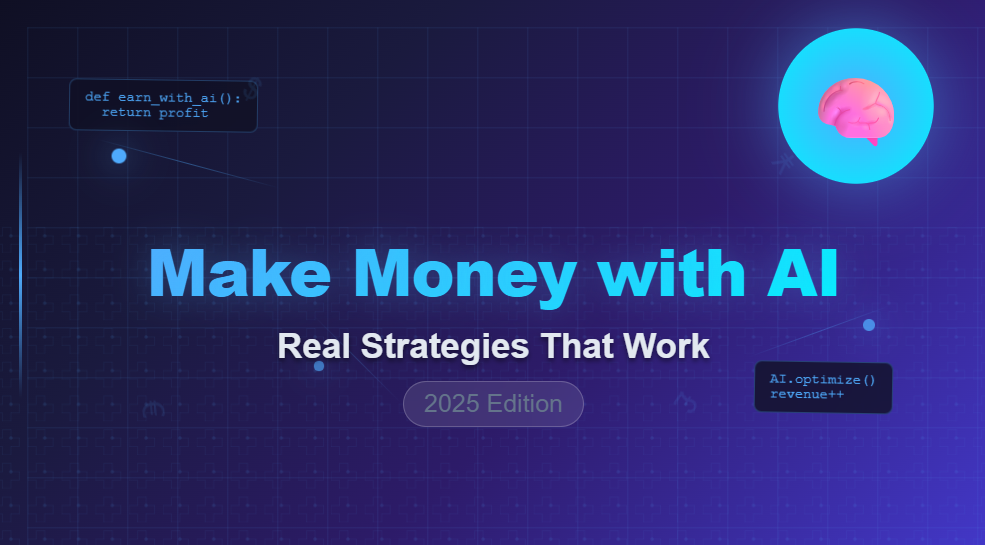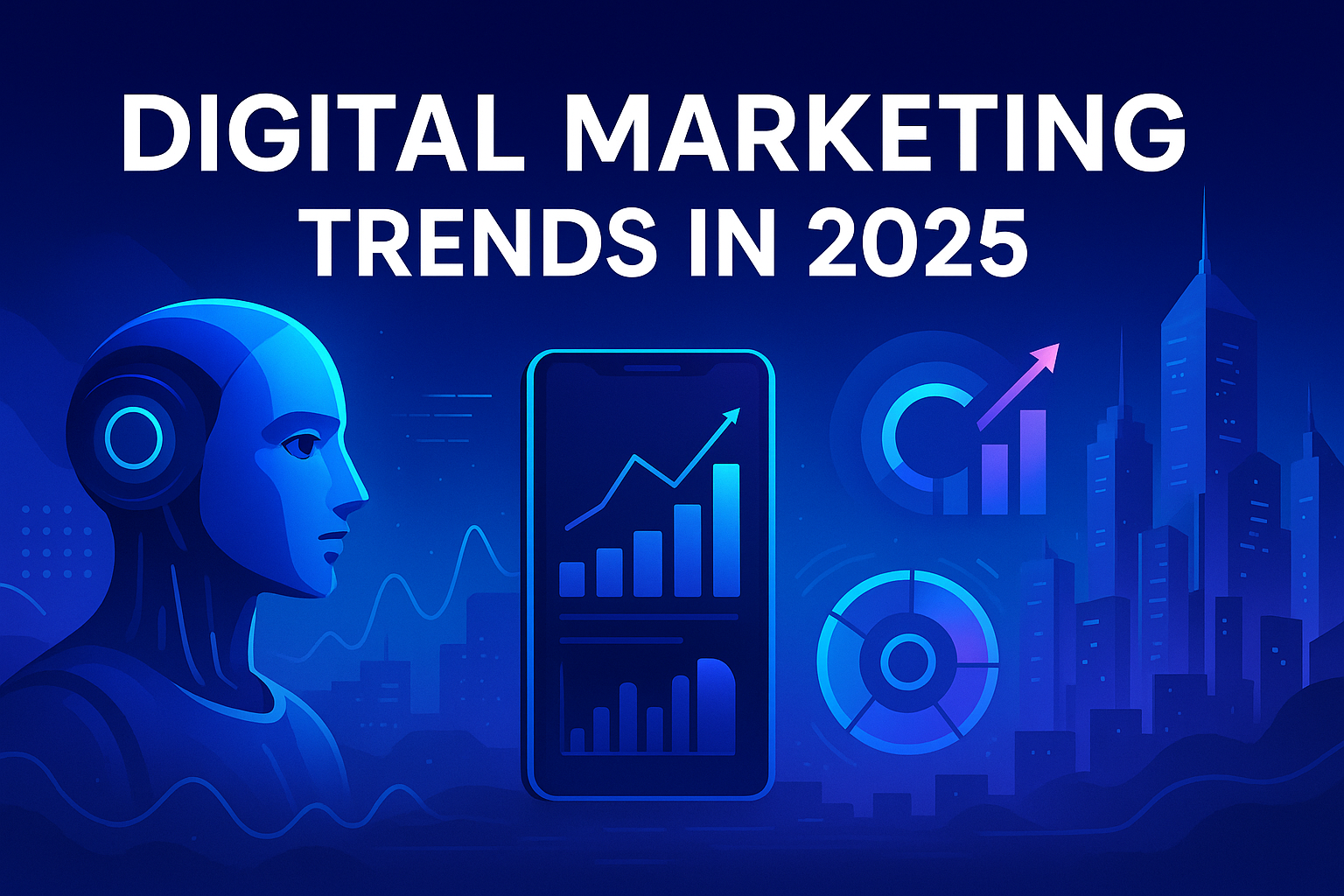Imagine a computer that can write poems, draw pictures, or compose music entirely on its own. That’s not science fiction – it’s generative AI. Generative artificial intelligence (AI) is a branch of AI that creates new content by learning patterns in existing data. In simple terms, it’s AI that generates rather than just analyzes or classifies. For example, tools like ChatGPT can craft human-like text from a prompt, while image generators like DALL·E or Midjourney can turn words into pictures. As one lecturer puts it, “Generative AI is a type of artificial intelligence that creates new content based on what it has learned from existing content”. This means a generative model learns from examples (like stories, photos or music) and then produces fresh, original outputs that resemble its training data.
Figure: Generative models (pink) are a subset of deep learning and machine learning within the broader field of AI. They are the special class of systems that generate new content (images, text, audio, etc.) rather than just label or predict data.
Early AI systems were rule-based and couldn’t create anything new. Over decades, advances in machine learning and neural networks opened the door to creativity. By the 2010s, techniques like Generative Adversarial Networks (GANs) and Transformer models revolutionized generative AI. A Transformer is a neural network architecture with an encoder (to understand input) and a decoder (to produce output). This breakthrough allowed AI to handle language, images, and even videos in powerful new ways. The real explosion came in 2022 when OpenAI launched ChatGPT. Within two years, it garnered hundreds of millions of users. (In fact, by late 2024 ChatGPT had over 200 million weekly active users.) Today, generative AI is everywhere – helping students write essays, artists design graphics, and businesses automate content creation.
A Brief History of Generative AI
Generative AI has roots going back to early neural networks and statistical models, but its rise really took off in the 2010s. Key milestones include:
- 2014 – GANs (Generative Adversarial Networks): Invented by Ian Goodfellow, GANs pit two neural networks against each other (a generator and a discriminator) to produce realistic images and videos.
- 2017 – Transformers: Google researchers introduced the Transformer model (“Attention is All You Need”), a game-changer for handling language and sequences. This architecture underpins almost all modern text generators.
- 2018-2020 – Large Language Models: OpenAI’s GPT series began with GPT-2 (2019) and GPT-3 (2020), pre-trained on massive text corpora. These models could write coherent paragraphs, translate languages, and answer questions by predicting the next word in a sentence.
- 2021-2022 – Multimodal Generators: Models like OpenAI’s DALL·E and Google’s Imagen learned to generate images from text prompts. GitHub Copilot and ChatGPT showed how AI could assist in coding and conversation. ChatGPT’s release in late 2022 sparked a frenzy, bringing generative AI into everyday conversation.
- 2023-2025 – Ongoing Boom: New entrants (Midjourney, Stable Diffusion, Anthropic’s Claude, etc.) and continual improvements (GPT-4, Gemini, etc.) have made generative AI more powerful and diverse. Now we have AI that can generate video, music, 3D models, and more.
Throughout this timeline, the trend is clear: models keep getting bigger and smarter. Advances in algorithms, massive datasets, and specialized hardware (GPUs/TPUs) have enabled generative AI to move from labs into the cloud and onto our devices. Schools now discuss AI ethics, and businesses plan AI-driven products, because generative AI is rapidly reshaping technology and society.
How Generative AI Works: Neural Networks and Language Models
At its core, generative AI is built on neural networks – computer algorithms loosely inspired by the human brain. A neural network has layers of interconnected “neurons” (simple computing units) that pass information to each other. “Artificial neural networks are inspired by the human brain… they are made up of many interconnected nodes or ‘neurons’ that can learn to perform tasks by processing data and making predictions,” explains one instructor. Each neuron applies mathematical functions to inputs and gradually “learns” weights during training.
Training works like this: the model is fed large amounts of data (text, images, audio, etc.) and its internal parameters are adjusted to minimize errors. This training process—often using deep learning techniques—allows the network to detect complex patterns. In practice, a trained model becomes a sort of statistical summary of its training data. When you give it a prompt, it uses those learned patterns to predict what should come next.
Consider language models (the engines behind chatbots like ChatGPT). They are typically transformers with millions or billions of parameters. The model is pre-trained on vast text datasets (web pages, books, articles) using unsupervised learning. It learns language structure and context by trying to predict the next word in millions of sentences. After training, you can give it a prompt like “Write a story about a dragon,” and it generates new sentences that statistically fit the patterns it learned. In technical terms, it builds a statistical model of language. As one lecture notes, “when given a prompt, [a generative model] uses [its] statistical model to predict what an expected response might be – and this generates new content”.
Different types of generative AI work on different data types:
- Text-to-Text (Chatbots): Models like GPT and its successors generate paragraphs of text. For example, ChatGPT takes your question or instruction, encodes it into internal vectors, and the decoder part of the network “writes” a response one word at a time.
- Text-to-Image: Models like DALL·E or Stable Diffusion generate images from text. These use a form of diffusion model: starting from random noise, the model gradually “denoises” an image to match the prompt. The diagram below illustrates a simplified text-to-image pipeline – a text prompt is embedded into a latent space, processed through multiple diffusion steps, and decoded into the final image.
- Image-to-Image or Image-to-Text: Some models can take an image and produce a caption (image captioning) or another modified image. For example, given a photo, AI can generate a stylized painting or fill in missing parts.
- Audio and Video: Emerging models can generate speech (by learning voice patterns) or even music. Video generation is an active area, though it’s computationally intensive.
Figure: Simplified overview of a diffusion-based text-to-image generation process. A text prompt (e.g. “A cat wearing sunglasses”) is converted into a vector. The AI model then iteratively refines random noise into an image matching the prompt.
In all cases, the “secret sauce” is massive neural networks and huge training runs. These are often called foundation models or large language models. Once trained, they can be fine-tuned or prompted to do many tasks. Importantly, these models are generative – they create new content – unlike traditional AI models that just classify data (for example, tagging an image as “cat” or “not cat”). As one example explains, it is “not generative when the output… is a number or a class… it is generative when the output is natural language like speech or text, audio or an image”. In other words, generative models output rich content (words, pictures, sound) instead of simple labels.
Applications and Implications
Generative AI is already impacting many fields. Some real-world applications include:
- Creative Writing & Communication: Chatbots like ChatGPT or Google Bard can draft emails, answer questions, and even write poetry or code. Students can brainstorm ideas or get writing help (though this also raises concerns about cheating). In education, for example, a Pew survey found mixed feelings: 25% of K-12 teachers said AI tools “do more harm than good” in the classroom, reflecting worries about accuracy and academic honesty.
- Art and Design: Tools like Midjourney and DALL·E let anyone generate artwork by typing descriptions. Graphic designers use AI to prototype images, logos, and fashion designs. Musicians and composers use AI (like OpenAI’s Jukebox) to experiment with new sounds and compositions.
- Programming Help: Systems like GitHub Copilot or ChatGPT’s code mode can write code snippets from natural language prompts, helping developers by auto-completing code or explaining programming concepts.
- Media and Entertainment: AI-generated images and videos create new possibilities in advertising, game development, and film. Virtual characters and avatars can be animated from text scripts. Social media platforms also feature AI filters and effects.
- Business Intelligence: Companies use AI to draft reports, summaries, or marketing content. 92% of Fortune 500 companies use AI products, according to one report. AI can analyze trends from data and generate actionable insights (or at least drafts for human editing).
- Healthcare & Science: Emerging uses include drug discovery (designing new molecules) and personalized medicine. Generative models can help simulate experiments or generate training data for other models.
These opportunities are exciting, but there are important implications and concerns:
- Misinformation and Bias: Generative AI often “hallucinates” – it may produce false or misleading content confidently. For example, ChatGPT can fabricate plausible but incorrect facts. This raises issues for news, research, and education. Because models learn from existing data (which may contain biases), their outputs can reflect stereotypes or prejudices. Ensuring fairness and preventing harmful bias is a major ethical challenge.
- Copyright and Plagiarism: Generative models are trained on large datasets scraped from books, websites, and artworks. There are debates about ownership: if AI generates a painting that looks like Van Gogh or writes a novel in the style of an author, who owns it? Creators worry about intellectual property and potential plagiarism.
- Job Disruption: While AI can boost productivity, it may also automate tasks previously done by humans (copywriting, basic programming, customer support). This leads to uncertainty about how jobs will evolve. Some roles will change, others may vanish, and new jobs (like AI ethics officers or prompt engineers) will emerge.
- Education Impact: In schools, teachers grapple with AI’s role. Students can use generative AI for learning aids (like instant homework help or study guides), but educators worry about cheating and loss of critical thinking. Tools for AI-detection and new teaching methods are being developed in response.
- Environmental and Resource Costs: Training and using large generative models consumes a lot of energy. MIT researchers note that massive models (with billions of parameters like GPT-4) require “a staggering amount of electricity,” leading to higher carbon emissions. Data centers running these models may consume 7–8 times more power than typical computing tasks. Also, water usage is significant: AI hardware must be kept cool, so “a great deal of water is needed to cool the hardware used for training, deploying, and fine-tuning generative AI models,” straining local supplies. In short, there are broader environmental impacts beyond just running your laptop – building AI infrastructure has a real carbon and water footprint.
- Security Risks: Because generative AI can mimic human behavior, it can be misused. For example, it could generate realistic phishing emails, deepfake videos, or AI-driven social bots that spread propaganda or hate speech. Safeguards are needed to prevent malicious uses.
- Regulatory and Ethical Issues: Governments and companies are still catching up with how to regulate generative AI. Questions of privacy (models sometimes memorize personal data), accountability (who’s responsible if AI causes harm?), and transparency (black-box nature of AI decisions) are hot topics. Organizations worldwide are drafting AI guidelines and laws (e.g., the EU’s AI Act) to address these concerns.
Challenges and Limitations
Despite its power, generative AI still has many limitations. Some key challenges include:
- Hallucinations: As mentioned, AI can “hallucinate” false information or make up sources. This is fundamentally because models generate what’s probable given their training, not what’s necessarily true.
- Context and Common Sense: AI often lacks true understanding. It may answer sensibly with short prompts, but can fail at complex reasoning or long conversations. It doesn’t truly know facts like a person; it pattern-matches.
- Data Limitations: Models can only be as good as their data. Rare languages, obscure knowledge, or post-training developments might be missing. Also, models have a cutoff date of knowledge (e.g., ChatGPT’s 2021), so they can’t know recent events unless updated.
- Compute Cost and Access: Training top-tier models requires immense computing power (thousands of GPUs) that only big companies or labs can afford. This centralizes control and makes it hard for smaller players. However, open-source efforts (like Meta’s LLaMA or Google’s open models) are trying to democratize AI.
- Quality Control: AI outputs can be impressively fluent but sometimes nonsensical or biased. Ensuring consistent quality, factual correctness, and harmless content is an ongoing technical challenge (researchers work on “alignment” and safety techniques).
- Privacy: If a model is trained on sensitive data, it might inadvertently reveal personal information. Privacy-preserving training methods are under development but are not perfect yet.
Overcoming these challenges is an active area of research. For example, new techniques like Reinforcement Learning from Human Feedback (RLHF) are used to make chatbots more truthful and less toxic. Researchers are also exploring smaller, more efficient models to reduce environmental impact.
The Future of Generative AI
The trajectory of generative AI points toward even more impressive capabilities. Here’s what to expect:
- Bigger and Better Models: We’ll see ever-larger models (tens or hundreds of billions of parameters) and smarter architectures. These may generate even more realistic text, images, and videos.
- Multimodal AI: The line between different media will blur. Future models may seamlessly understand and generate across text, image, audio, and video. Imagine an AI assistant that can read your email, summarize the content as speech, draft a response in writing, and even sketch a related diagram.
- Personalized AI Assistants: AI that adapts to individuals – a personal chatbot tutor that knows your learning style, a writing assistant tuned to your voice, or an art AI that learns your favorite styles. However, personalization raises privacy questions about using personal data safely.
- Industry Integration: Generative AI will become embedded in more tools and workflows. Education platforms might integrate AI tutors; creative software will include one-click AI features; businesses will rely on AI for market reports, customer service, and more.
- Regulation and Ethics Advances: Expect new laws and guidelines on AI use. We’ll likely see certified AI systems, labeling of AI-generated content, and new norms for human oversight. Ethical AI research will grow to ensure responsible innovation.
- Societal Change: Generative AI could reshape jobs and education. Future jobs might focus more on working with AI (prompt engineering, model oversight) rather than basic content creation. Education curricula may include AI literacy – understanding how to use and question AI tools.
- Scientific Discoveries: In research, generative AI could accelerate discovery. For instance, AI-generated hypotheses, virtual experiments, or new materials/chemicals designed by AI could speed up science. The possibilities for innovation in medicine, climate modeling, and engineering are huge.
The bottom line is that generative AI is a transformative technology with enormous potential. It lowers barriers to creativity and efficiency, but also poses new challenges we must address. As one expert notes, “generative AI has unleashed a gold rush” of possibilities. For students and professionals alike, understanding this technology is crucial.
“The power of generative AI comes from the use of Transformers,” one lecturer explained. Indeed, as transformers and future models evolve, so will our tools for learning and creating. Staying informed and involved is key.
Ready to dive deeper into the world of AI? The future of generative AI and related technologies is unfolding fast, and there’s a lot to learn. Join our newsletter to stay informed! Get regular updates on the latest AI breakthroughs, practical tips for using AI tools, and insights into how these technologies will shape our lives.





